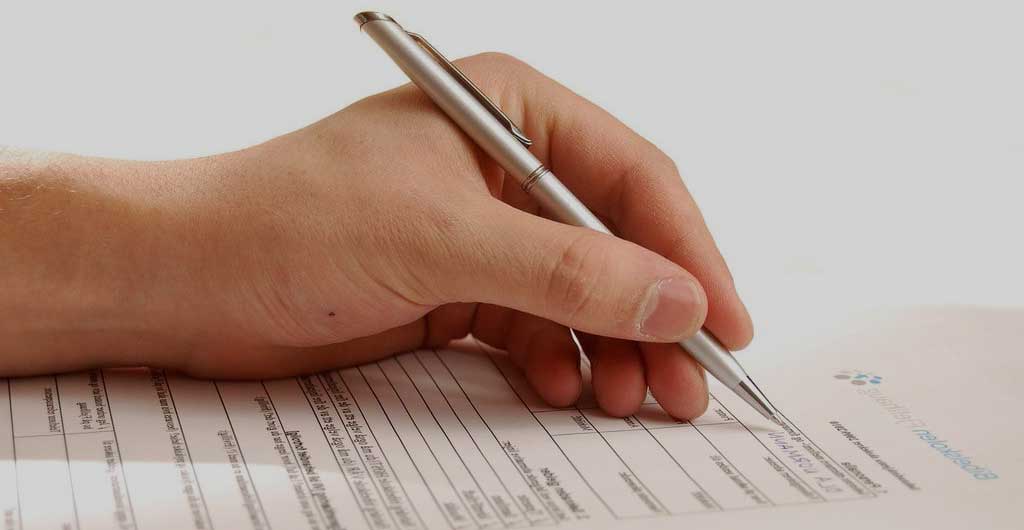When writing a job application, it’s sometimes the little details that can make you stand out from other applicants. The more you perfect your application letter, the higher the chances of impressing the hiring manager.
Here are fifteen top tips and techniques for writing an application that will increase your chances of getting an interview. The tips are broken down into three categories:
Before Writing the Application Letter
1. Review Different Cover Letter Samples
Take time to go through different job application samples before you start writing your own. Examples can inspire you with the right ideas on how to structure your application letter, and what information you need to include. You might also want to check cover letter templates to figure out the format you should use in your application.
2. Choose the Right Type of Cover letter
Two of the primary cover letters that are relevant when job seeking, they are;
Job application letters (traditional cover letters), which are sent out for specific job openings.
Prospecting letters (letters of interest), in which the sender asks for possible job openings.
Be sure to select the right cover letter that meets the purpose of your writing.
3. Try to Find a Contact Person
Getting personal in a job application is very important. While you can always address the letter to, “Dear Hiring Manager.” You can quickly pick the interest of the reader by sending it personally using their names. Finding the hiring manager name and contact is easy – you can look up the company’s profile on LinkedIn, use scrapping tools to mine contacts, ask a referral or call the company and ask directly.
Writing the Application Letter
4. Your Letter Should Go Beyond the Resume
You want your application letter to distinguish itself from the resume. Your application should provide detailed evidence of the value you’ll bring to the company. Pick two or three highly relevant skills or abilities then demonstrate with evidence of how you leveraged on those traits. For example, if you are an experienced graphic designer, attach your portfolio or leave a link to your work.
5. Include Numbers
Whenever possible, use numbers to demonstrate how you added value to your previous employer. Using the same example of a graphic designer, you can show how your visual drove traffic and engagement to a clients business.
6. No Work Experience? Use Transferable Skills
If you are a recent graduate or have no work experience, provide evidence of your skills from personal projects, volunteer work, class projects etc.
7. Customize Your Application Letter
A hiring manager will quickly tell if you have submitted a generic application letter and that’s a sure way of getting your application thrown out! You should customise your cover letter to meet specific job requirements, and the best way to do this is by matching your skills, experience and qualifications for the job.
8. Capture Attention with Keywords
Another way to write a highly relevant cover letter is to include keywords from the job description. For example, if the job description says the ideal candidate should have experience in “email copywriting for lead generation,” you should include a sample of lead generation projects you’ve done in your email campaigns.
9. Express your Personality
Take the time to express who you are and explain why you are a perfect fit for the job position and the company.
10. Avoid Pointing Out Your Shortcomings
If you lack a required skill or level of education, instead of apologising for it, don’t mention it at all. However, if you have recent gaps in your work history for whatever reason, it is better to give a brief explanation.
11. Be Yourself
Sure, a job application is supposed to be formal, but that doesn’t mean it should be boring! You want to avoid cliché phrases like “Dear Sir/ Madam,” or “I am writing to convey my sincere interest in the job posting at your superb company” Even hiring managers are sick of such overused phrases. Instead, aim to use powerful words but make it clear and concise.
Finishing Your Letter
12. Format your Cover Letter
Aside from including relevant information, your application letter should also have the proper format. Be sure to use a standard business letter format. If you are sending an email, then include your name and job title on the subject line.
13. Edit your Letter
Hiring managers go over hundreds of applications at one sitting. Avoid even the tiniest of typo to avoid your application from getting thrown out. Proofread your work manually and use grammar software as well.
14. Read It Out Loud
Reading through your letter aloud and this will help you identify mistakes you might have missed.
15. Send an Application That Will Get Read
Lastly and an equally crucial part when applying for a job is to make sure you follow instructions from the employer when submitting your application. If you are required to send your cover letter and resume as an email attachment then do so, else if they want you to apply using an online application system then don’t email your credentials, instead fill out the application forms online.

